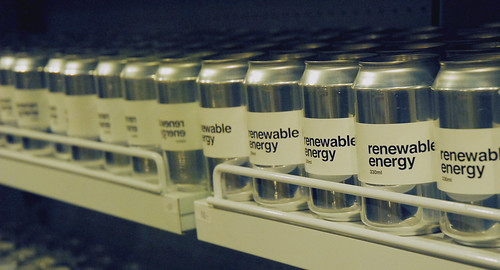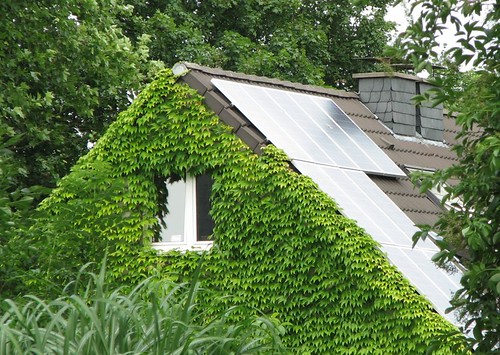I am speaking next week at a virtual conference called “bMighty – A Deep Dive on IT Infrastructure for SMBs” – apologies in advance for the state of the website(!)
My talk is titled “How to build a hyper Energy-efficient Data Center” and is based on the CIX data center which I helped develop (and am still a director of).
This is the slide deck I will be presenting there.








